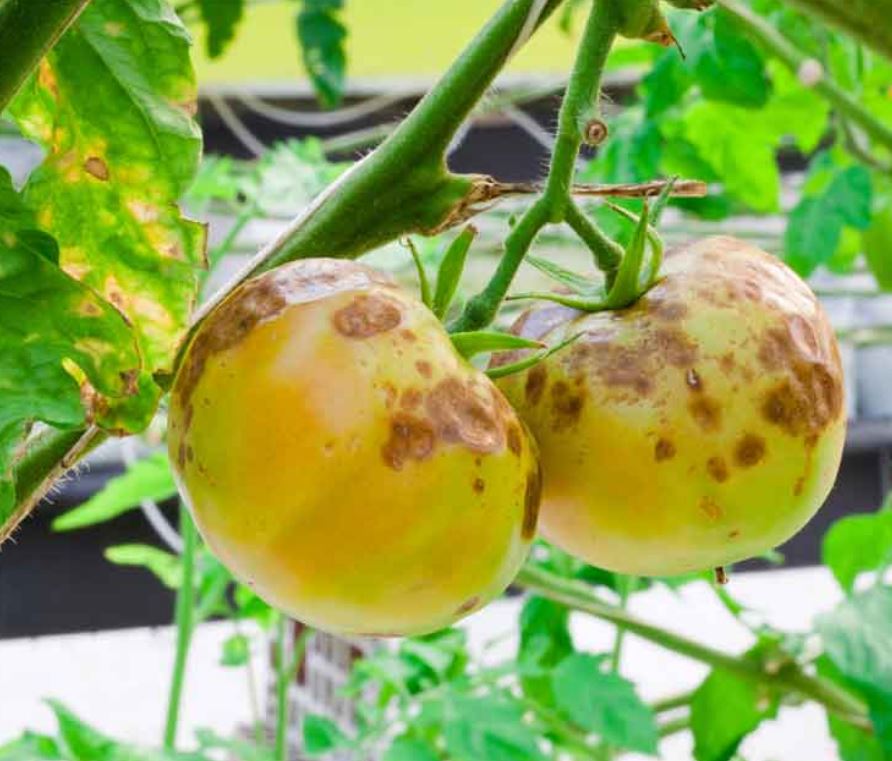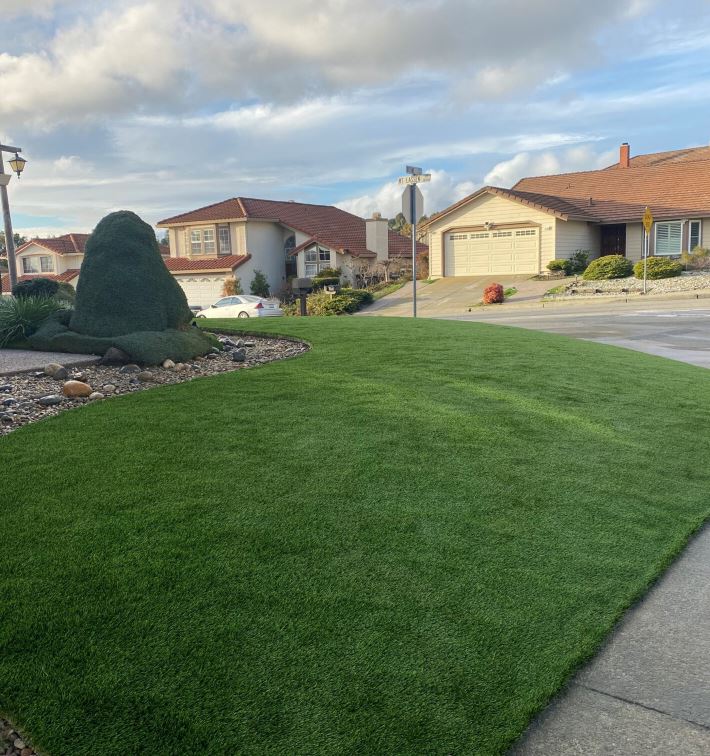Effective Tomato Treatment Scheme: How and When to Spray the Plants
Tomatoes are one of the most beloved crops for home gardeners and commercial farmers alike. Their versatility in the kitchen, vibrant colors, and rich flavors make them a staple in gardens worldwide. However, growing healthy, productive tomato plants requires more than just planting and watering. Pests, diseases, and environmental stressors can quickly turn a thriving tomato patch into a disappointing harvest. That’s where an effective tomato treatment scheme comes into play. Knowing how and when to spray your tomato plants can make all the difference in ensuring a bountiful, healthy crop.
In this blog, we’ll explore the best practices for treating tomato plants, including the types of sprays to use, the timing of applications, and tips for maximizing effectiveness. Whether you’re a seasoned gardener or a beginner, this guide will help you protect your tomatoes and enjoy a successful growing season.
Why Spraying Tomato Plants is Essential
Tomatoes are susceptible to a variety of pests and diseases, including aphids, whiteflies, blight, powdery mildew, and blossom end rot. Left untreated, these issues can stunt growth, reduce yields, and even kill your plants. Spraying is a proactive way to protect your tomatoes from these threats. However, it’s not just about spraying randomly—timing, method, and the right products are key to success.
Types of Sprays for Tomato Plants
Before diving into when and how to spray, let’s look at the different types of sprays available for tomato plants:
- Insecticidal Soaps and Oils
These are ideal for controlling soft-bodied pests like aphids, spider mites, and whiteflies. They work by suffocating the pests or disrupting their cell membranes. Insecticidal soaps are gentle on plants and environmentally friendly. - Fungicides
Fungal diseases like early blight, late blight, and powdery mildew can devastate tomato plants. Fungicides, such as copper-based sprays or neem oil, help prevent and control these diseases. - Neem Oil
A versatile organic option, neem oil acts as both an insecticide and a fungicide. It’s effective against a wide range of pests and diseases and is safe for beneficial insects when used correctly. - Biological Sprays
These contain beneficial microorganisms, such as Bacillus thuringiensis (Bt), which target specific pests like caterpillars without harming other insects. - Foliar Fertilizers
Sometimes, spraying isn’t just about pest control. Foliar fertilizers, which are absorbed through the leaves, can provide essential nutrients like calcium to prevent issues like blossom end rot.
When to Spray Tomato Plants
Timing is everything when it comes to spraying tomatoes. Applying treatments at the right time ensures maximum effectiveness and minimizes harm to the plants and beneficial insects. Here’s a breakdown of when to spray:
- Early Season: Prevention is Key
Start spraying as soon as you transplant your tomato seedlings into the garden. Early applications of fungicides or neem oil can prevent fungal spores from taking hold. This is especially important in humid or rainy climates where fungal diseases thrive. - During Active Growth
As your plants grow, monitor them regularly for signs of pests or disease. Spray insecticidal soap or neem oil at the first sight of pests. For fungal diseases, apply fungicides every 7–10 days, especially after rain or heavy dew. - Before Flowering
Once your plants start to flower, be cautious with spraying. Avoid spraying during the heat of the day or when bees are active, as this can harm pollinators. Early morning or late evening is the best time to spray during this stage. - After Harvest
Even after harvesting, continue to monitor your plants. Late-season diseases like late blight can still affect your plants and soil. Spray as needed to protect the remaining foliage and prevent overwintering pathogens.
How to Spray Tomato Plants Effectively
Spraying isn’t just about applying the product—it’s about doing it correctly to ensure thorough coverage and avoid damaging your plants. Follow these steps for effective spraying:
- Choose the Right Equipment
Use a high-quality sprayer that produces a fine mist. This ensures even coverage without drenching the plants. A handheld sprayer is ideal for small gardens, while a backpack sprayer works well for larger areas. - Mix Sprays Correctly
Always follow the manufacturer’s instructions when mixing sprays. Over-concentrated solutions can harm your plants, while diluted solutions may be ineffective. - Cover All Surfaces
Spray both the tops and undersides of leaves, as pests and diseases often hide underneath. Don’t forget to spray the stems and soil around the base of the plant. - Avoid Over-Spraying
While it’s important to be proactive, over-spraying can stress your plants and harm beneficial insects. Stick to a regular schedule and adjust based on weather conditions and pest pressure. - Rotate Products
To prevent pests and diseases from developing resistance, rotate between different types of sprays. For example, alternate between neem oil and insecticidal soap for pest control.
Tips for Maximizing Spray Effectiveness
- Monitor Weather Conditions
Avoid spraying before rain, as it can wash away the treatment. Similarly, avoid spraying during extreme heat, which can cause the spray to evaporate quickly or burn the leaves. - Encourage Beneficial Insects
Not all insects are bad! Ladybugs, lacewings, and parasitic wasps are natural predators of common tomato pests. Avoid spraying when these beneficial insects are active. - Practice Good Garden Hygiene
Remove diseased leaves and debris from the garden to reduce the spread of pathogens. This complements your spraying efforts and keeps your plants healthier. - Test on a Small Area First
Before spraying your entire garden, test the product on a small section of a plant to ensure it doesn’t cause any adverse effects.
Organic vs. Chemical Sprays: What’s Best for Your Garden?
The choice between organic and chemical sprays depends on your gardening philosophy and the severity of the problem. Organic options like neem oil and insecticidal soap are safer for the environment and beneficial insects, but they may require more frequent applications. Chemical sprays, on the other hand, are often more potent and longer-lasting but can have negative impacts on the ecosystem.
If you’re growing tomatoes for your family, organic sprays are a great choice. They’re safe to use up until harvest and won’t leave harmful residues on your produce.
Conclusion
An effective tomato treatment scheme is all about being proactive, consistent, and informed. By understanding the types of sprays available, timing your applications correctly, and following best practices for spraying, you can protect your tomato plants from pests and diseases while promoting healthy growth.
Remember, gardening is a learning process. Don’t be discouraged if you encounter challenges along the way. With the right approach, you’ll be rewarded with a bountiful harvest of juicy, flavorful tomatoes that are well worth the effort. Happy gardening!






